Introduction
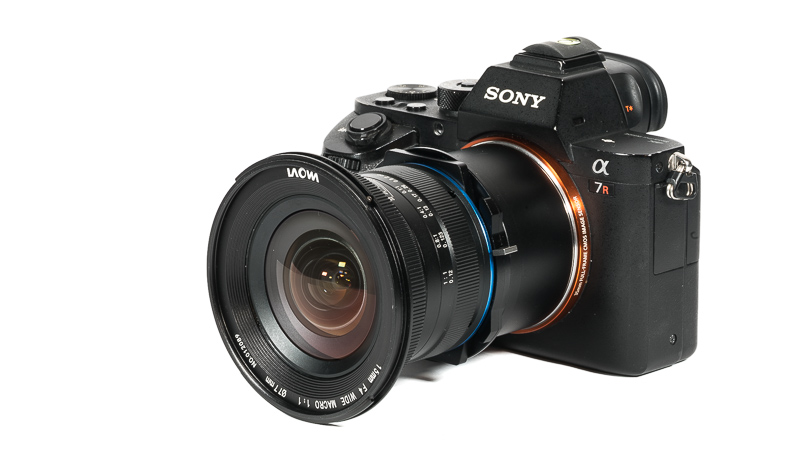
The Laowa 15mm 4.0 macro is a very unique lens, being the only ultra wide angle lens that can focus close enough to offer a maximum magnification of 1:1. But how useful is an ultra wide angle lens optimized for such magnifications? Let us find out in this review!
Sample Images
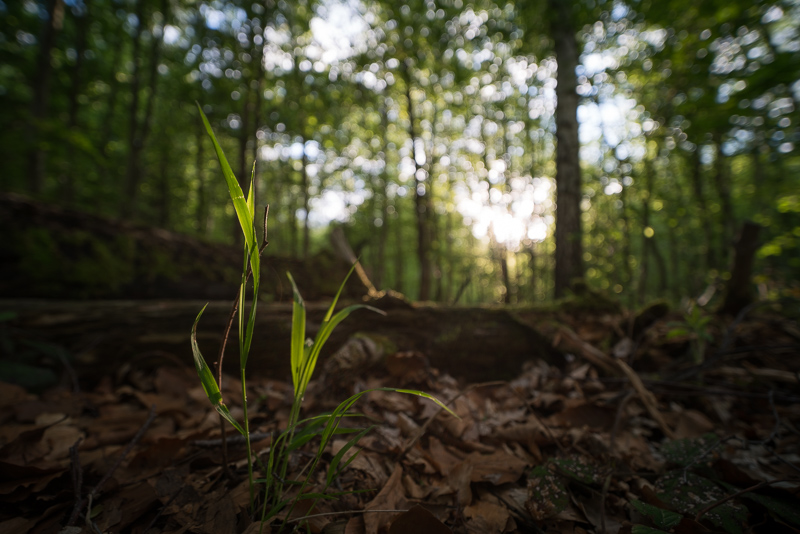
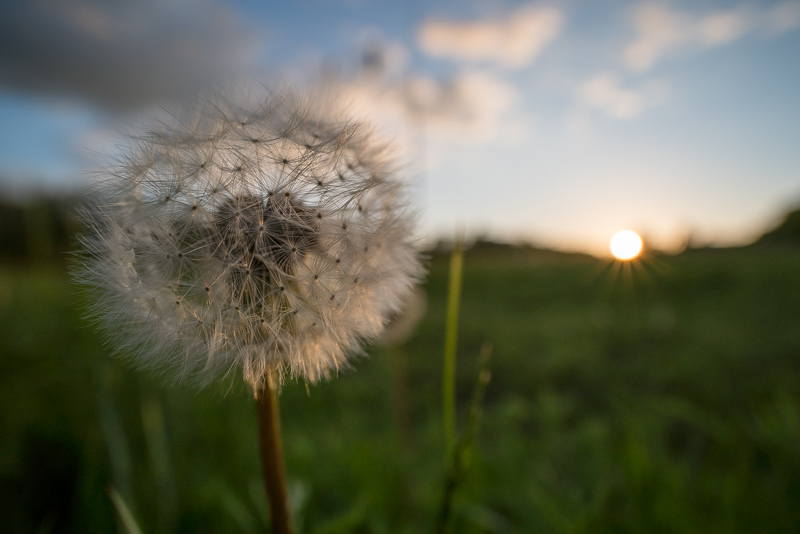
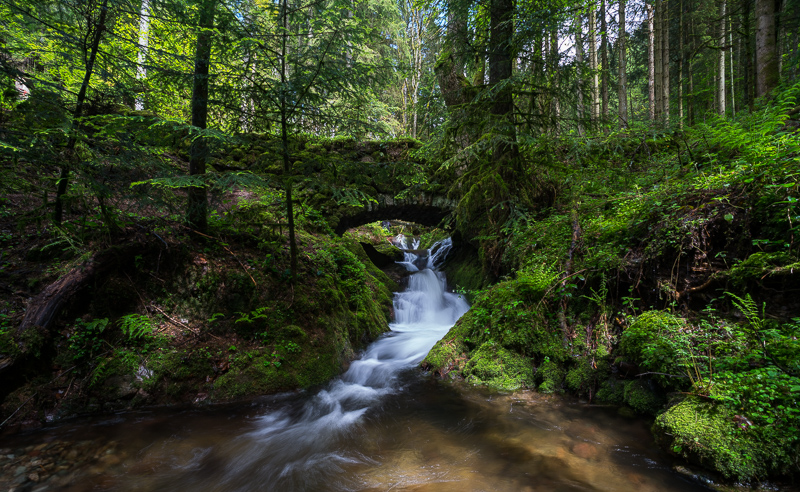
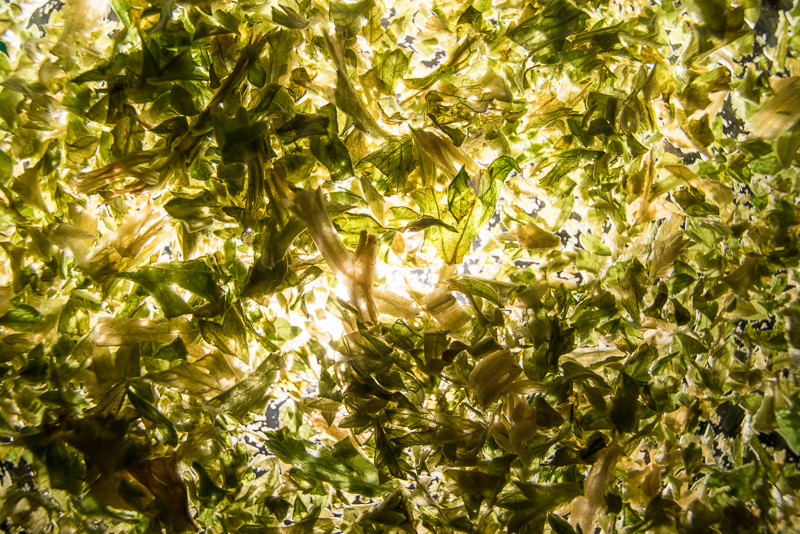
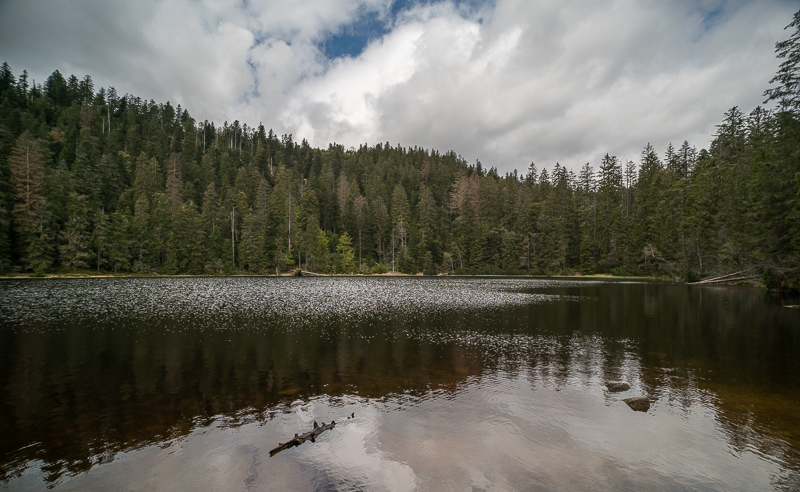
You can find most of the shots in this review in full resolution here.
Specifications / Version History
I am reviewing a final production model here which has the following specifications:
- Diameter: 84mm
- Field of view: 110° (diagonally)
- Length: 94mm
- Weight: 470g
- Filter Diameter: 77mm
- Number of Aperture Blades: 14 (rounded)
- Elements/Groups: 12/9
- Close Focusing Distance: 0.122m
- Maximum Magnification: ~1:1
- Mount: E-mount
The lens is also available for several other mounts: Nikon F, Canon EF, Pentax K and Sony A.
The lens is available directly from the manfucaturer’s homepage, amazon.com/amazon.de, ebay.com/ebay.de and B&H (affiliate links) and the price is $499/599€.
Disclosure
The Laowa 15mm 4.0 Macro was kindly provided free of charge by Venus Optics / Laowa for reviewing purpose for a few weeks.
Handling / Build Quality
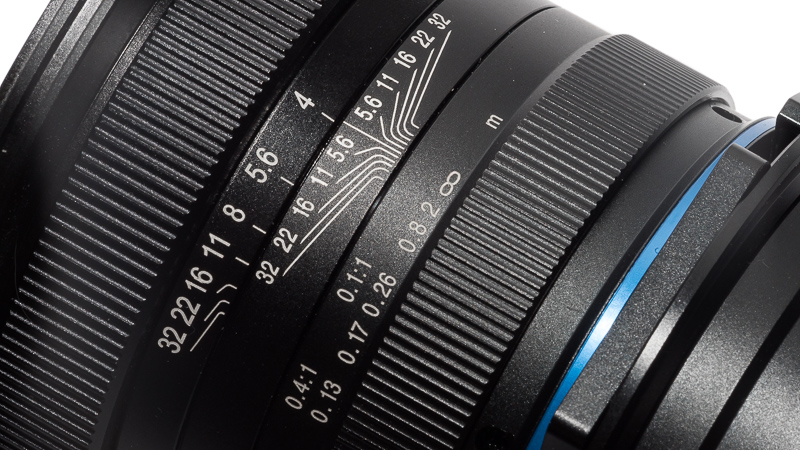
So far all the Laowa lenses I reviewed had very nice build quality and this holds true for this ultra wide macro as well. The outer casing seems to be made from a mixture of metal and high quality polycarbonate. Markings are engraved and filled with paint.
Laowa also offers the 15mm 2.0 ultra wide angle lens. Despite being faster it is slightly smaller as it is a true mirrorless design while the macro is a DSLR design with “built in adapter tube”.
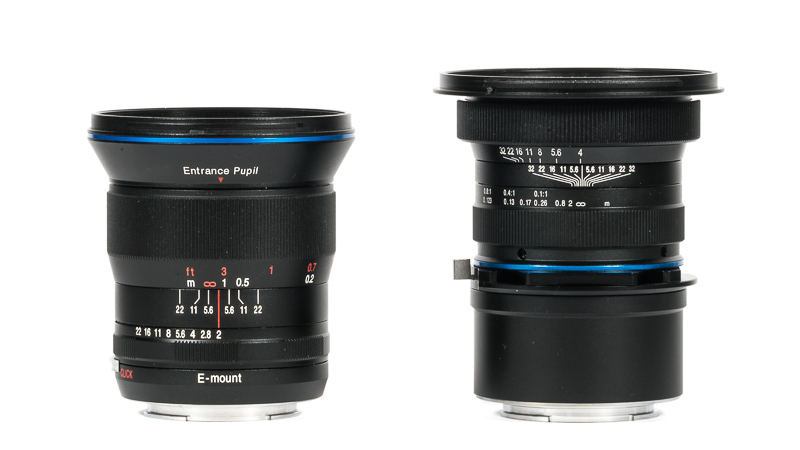
The focus ring has (for my taste) very nice resistance; a little more than the Zeiss Loxia lenses, maybe a tad less than the Zeiss ZM or Voigtlander lenses. The throw of the focusing ring is about ~90° from the minimum focus distance (0.12m) to infinity.
Unlike other Laowa lenses this one’s aperture ring has no click-stops (and also no declick feature) and it takes about 45° from f/4.0 to f/32.
The lens also features a rather simple ± 6mm shift mechanism, but its usability is pretty much restricted to APS-C cameras, as on fullframe you will be leaving the image circle of the lens very fast which will either result in completely black corners or significantly reduced corner resolution.
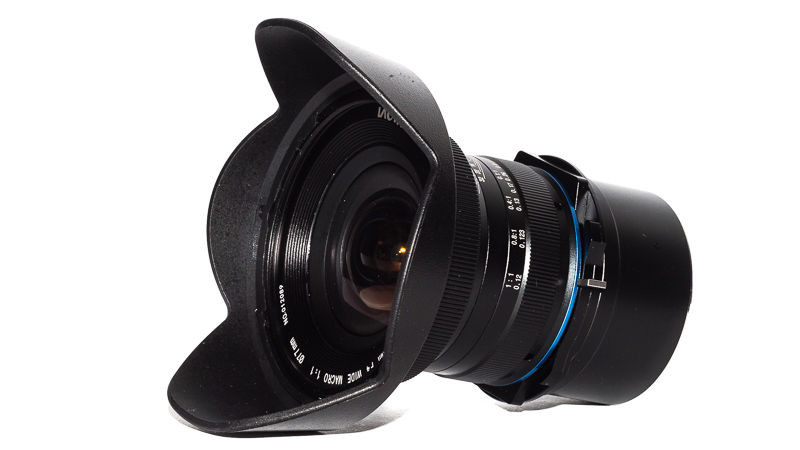
A quite big petal shaped bayonet type lens hood (plastic) is part of the package. The lens does not feature electronic contacts to communicate with your camera.
Vignetting and colorcast
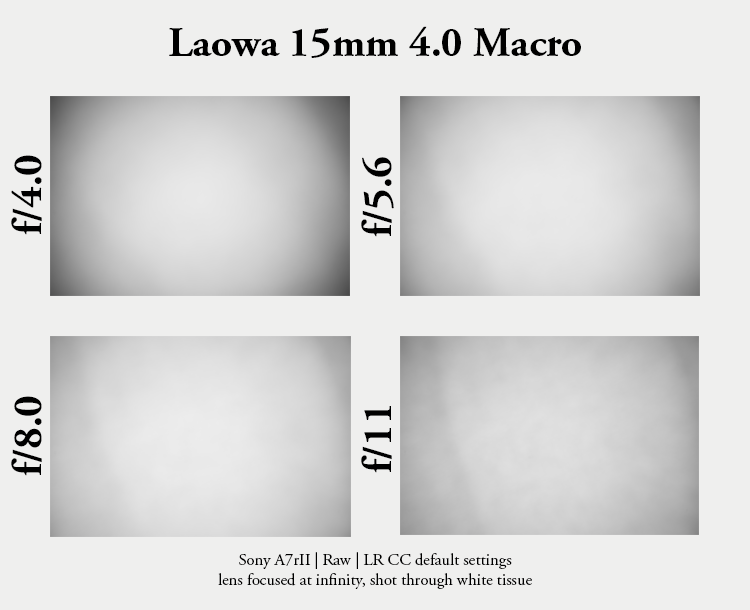
Wide open there is very strong vignetting of 3.2 EV in the extreme corners, at f/5.6 it is 2.5 EV and stopped down f/11 still 1.9 EV. Laowa’s UWA lenses are usually smaller compared to the competition, high vignetting figures are part of the price you have to pay for that.
Also similar to the Voigtlander UWA primes and the other wide Laowa primes (12mm 2.8 and 15mm 2.0) this lens showed some slight green color cast in the corners.
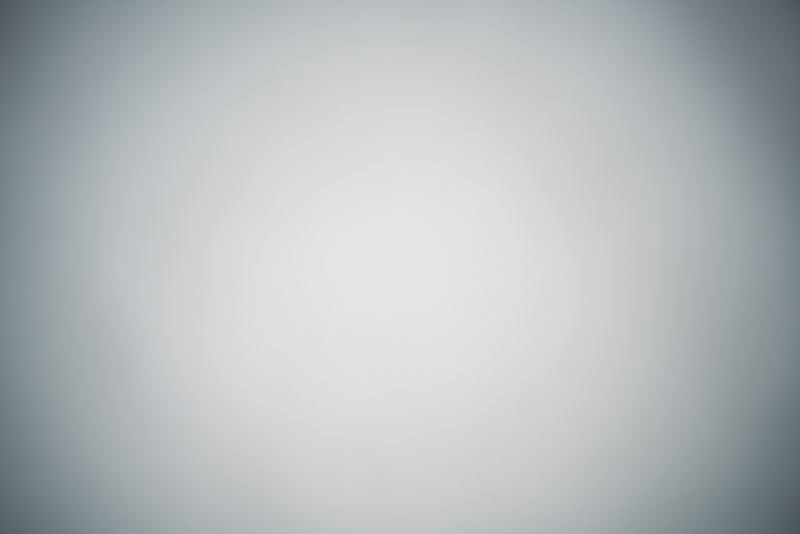
This is mostly visible when shooting something white, so this what it looks like in a real world picture:
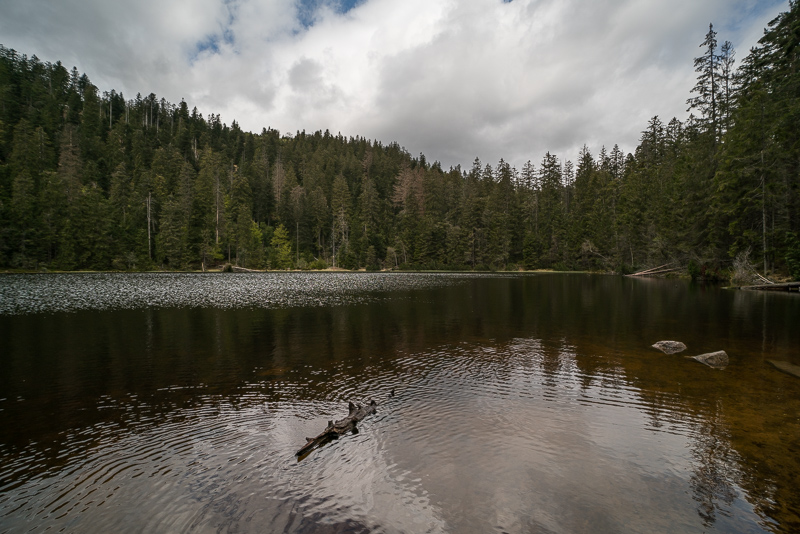
xSharpness
xinfinity
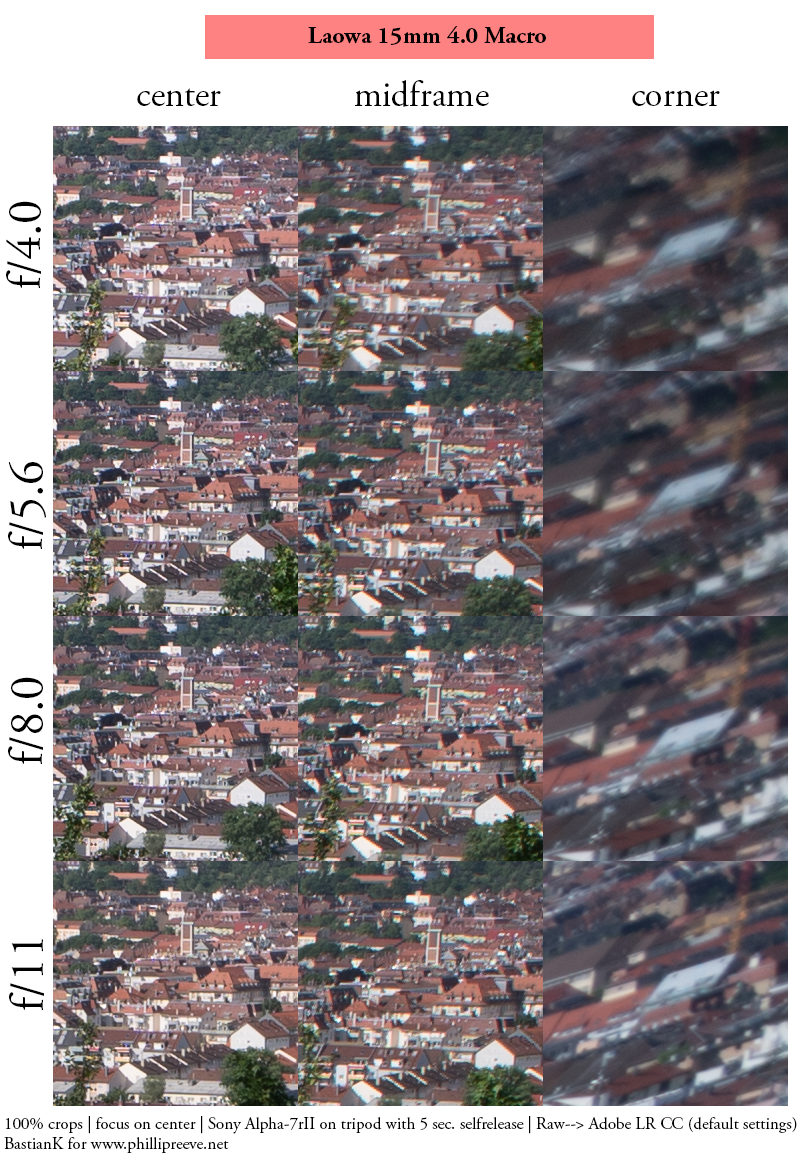
Most ultra wide angle lenses are optimized for best resolution at infinity and struggle near their minimum focus distance (where they usually show a high amount of field curvature).
With this lens I expected the opposite and it seems the lens met my expectations.
The center always looks great, the midframe never reaches this quality but is still quite good from f/8.0 to f/11. The corners on the other hand never look that great, this is partly due to field curvature, so at the cost of resolution in the center you can make them look better.
Exposure on corner crops has been lifted in post to reveal more details
close focus (1:2)
With the minimum focus distance of just 0.122 m you can get really close to your subject and you will be shading it with your lens. Therefore I cannot offer you an assessment of the quality at life size magnification as I don’t have a high resolution backlit subject that I could show you.
Instead I show you these crops from pictures taken at half life size (1:2) magnifcation. Already wide open the quality is very usable and further increases on stopping down.
The borders and extreme corners lack a bit behind, but my usual close focus setup is no exact enough to properly evaluate this.
Furthermore I doubt anyone will want to use a 15mm lens to take repro shots of stamps.
For the intended subjects the quality here is more than good enough.
Distortion
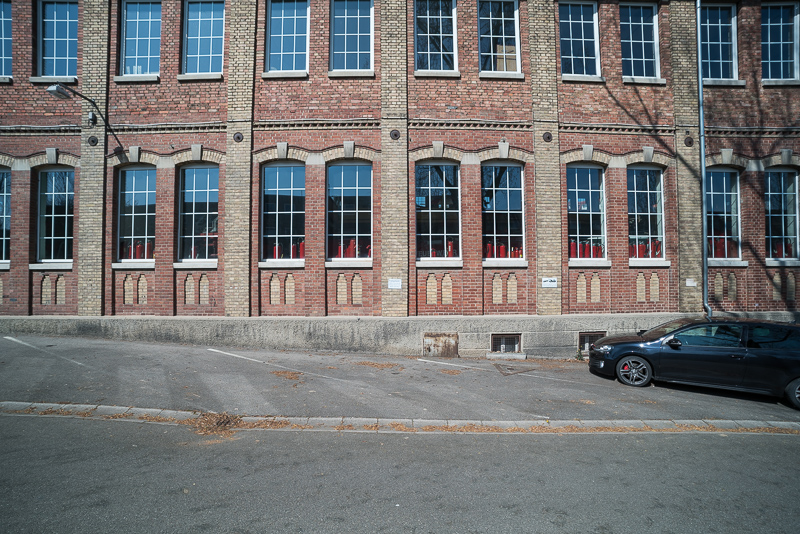
Unlike the Laowa 15mm 2.0, 12mm 2.8 and the 9mm 2.8 APS-C this 15mm 4.0 macro is not part of Laowa’s “Zero-D(istortion)” line and it shows: there is very strong wavy distortion, similar to that of the Samyang 14mm 2.8 MF. There is also no Lightroom profile available for correcting this.
When mostly taking pictures of flowers and insects (what this lens is designed for) this will usually not be visible, but if you want to primarily shoot architecture there are much better options out there.
Bokeh
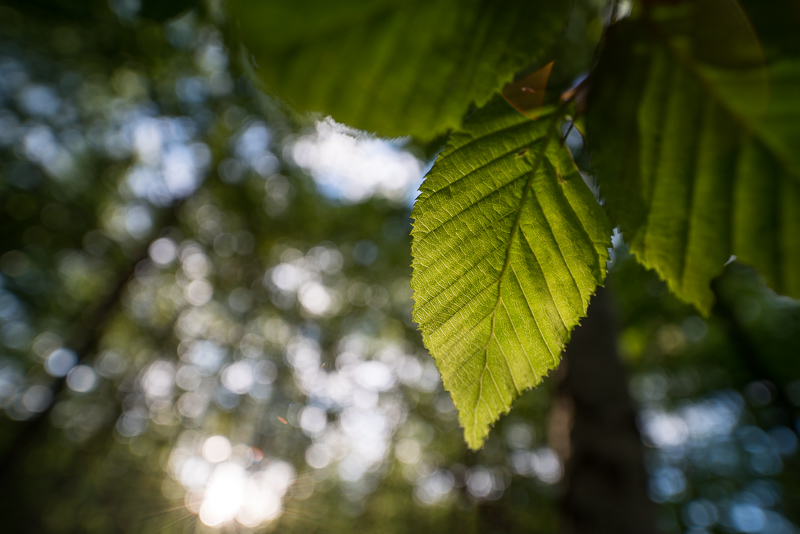
Not a topic I usually cover in the reviews of slower ultra wide angle lenses, but the Laowa 15mm 4.0 macro is a different case, as when you focus at something close to the camera you can get quite a decent amount of bokeh in your shots.
Towards the corners the bokeh looks a bit stretched, which is usual for an ultra wide angle lens:
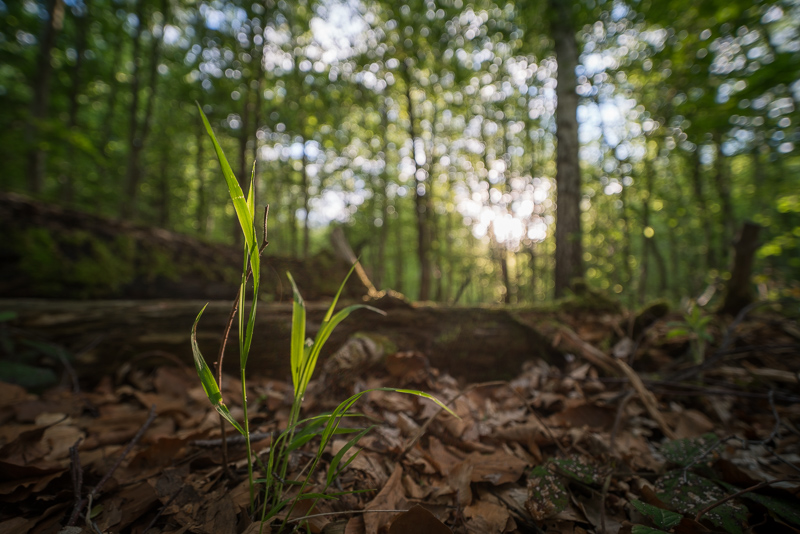
To get a decent amount of subject separation you have to be close to your subject, very close. See what difference a few cm further away or closer to your subject makes:
Generally I quite like the bokeh of this lens and when you are taking pictures close to the minimum focus distance it surely doesn’t look like a slow ultra wide angle lens.
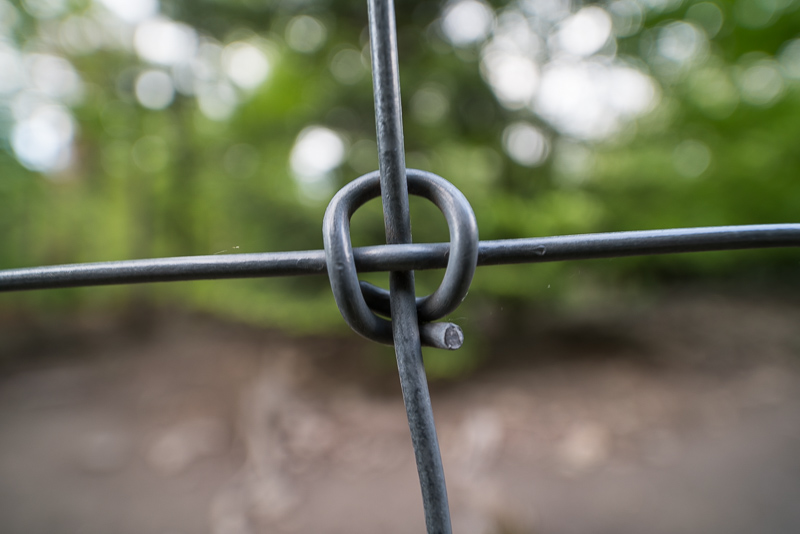
Sunstars
The lens features an unusual 14 blade aperture construction. Despite being rounded an even number of blades is usually good news for sunstars and this is also the case here.
The rays don’t share exactly the same length but they are close enough and from f/11 onwards you get pretty nice sunstars.
This is a highly subjective topic so you might want to have a look at this article and decide for yourself, what you prefer.
Flare resistance
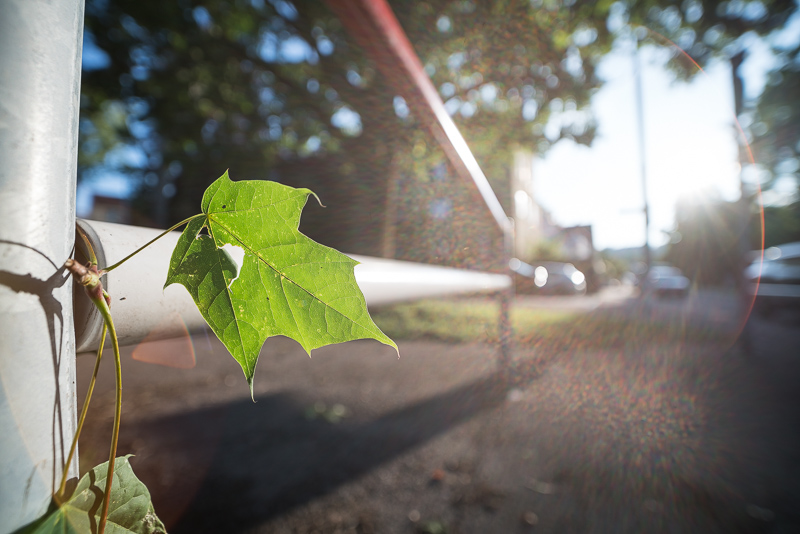
Flare resistance is the major slip up of this lens. No matter whether the sun is inside the frame or outside the frame, it is always easily possible to catch some ghosts, crescents, veiling flare and other internal reflections. Stopping down improves the situation only slightly.
I recommend to be very careful in backlit situations as some of these reflections and also veiling flare are not that easy to spot in the viewfinder when taking the shot.
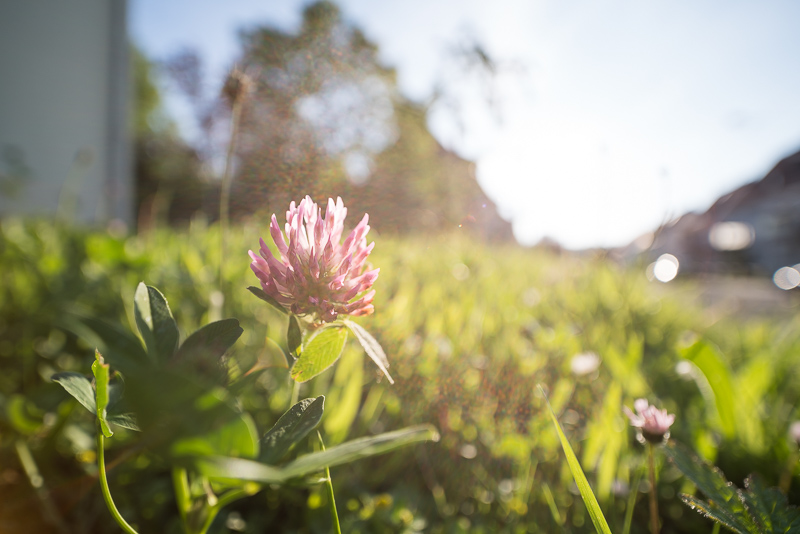
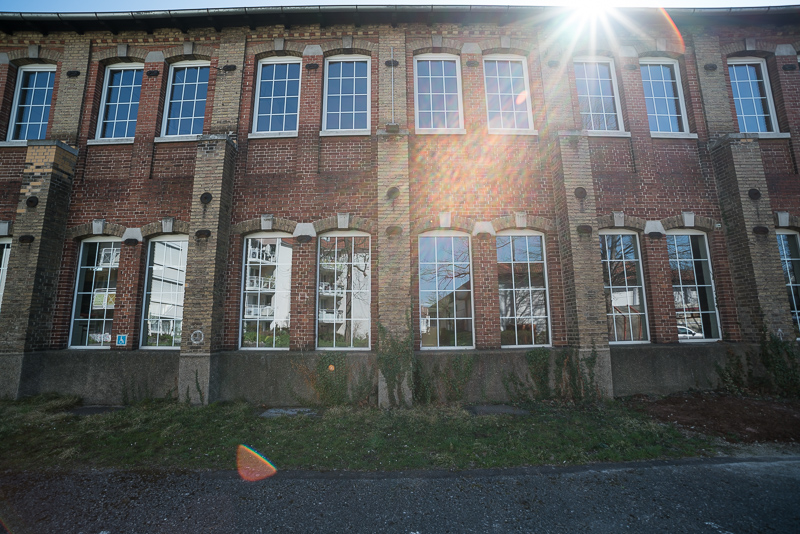
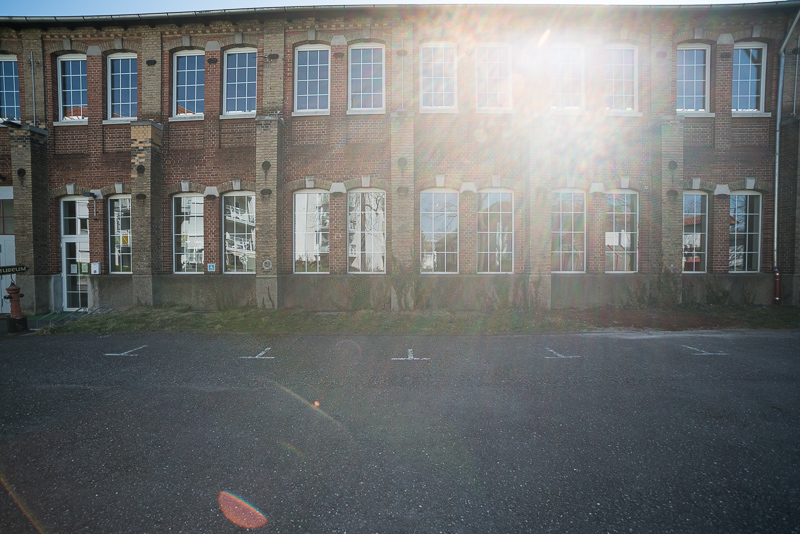
The built-in-tube to get the lens to E-mount flange distance is not flocked and actually a bit reflective, so it is possible the DSLR versions of this lens perform slightly better.
Chromatic aberrations
lateral
infinity
Sony A7rII | Laowa 15mm 4.0 macro | f/8.0 | CA 100% crop before/after border
close focus (1:2)
Sony A7rII | Laowa 15mm 4.0 macro | f/11 | CA 100% crop before/after border
The lateral CA are on an average level at infinity and close to the minimum focus distance. As can be seen from the crops above these can easily be corrected in post or already in camera.
longitudinal
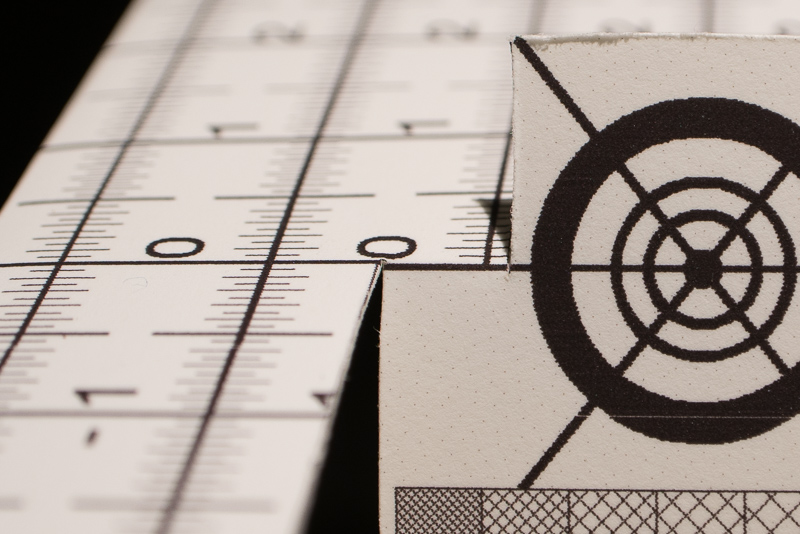
As this is a very wide and rather slow lens longitudinal CA (loCA) are absolutely nothing to worry about.
Alternatives
There isn’t really an alternative to this lens, as this is the only ultra wide angle lens that focuses this close let alone is optimized for that.
Laowa 15mm 2.0 FE Zero-D:
This lens also focuses very close compared to other ultra wide angle lenses offering a maximum magnification of 1:4.1. The performance in the center is also good at this magnification, but midframe and corners never reach the quality of the 15mm 4.0 macro.
buy from manufacturer’s online shop | amazon.com | B&H | amazon.de for $849 (affiliate links).
If you don’t need an ultra wide macro lens you may have a closer look at our guide for ultra wide angle lenses for Sony fullframe E-mount cameras.
Conclusion
good
|
average
|
not good
|
What I have to give Laowa credit for is releasing lenses with unique parameters that we haven’t seen before and I always enjoy having a look at such a unique lens.
This sometimes makes putting things into perspective a bit difficult though: what other lenses could I compare this 15mm 4.0 macro to?
In the macro territory the lens is a strong performer with decent contrast, resolution and even bokeh. The corners lag a bit behind, but that should not be an issue for typical macro subjects. This is also true for the strong vignetting and the wavy distortion.
The flare resistance may sometimes be a problem though: ghosts and veiling flare are something to watch out for with the sun in or close to the frame.
For infinity shooting (especially architecture) there are certainly better options available though.
While being a specialty lens – in my opinion only suitable for a limited number of applications – it was a lot of fun to use this lens as it really offers a new, unique perspective unmatched by any other lens and allowed me to take shots that I couldn’t take before.
The lens is available directly from the manfucaturer’s homepage, amazon.com/amazon.de, ebay.com/ebay.de and B&H (affiliate links) and the price is $499/599€.
Sample images
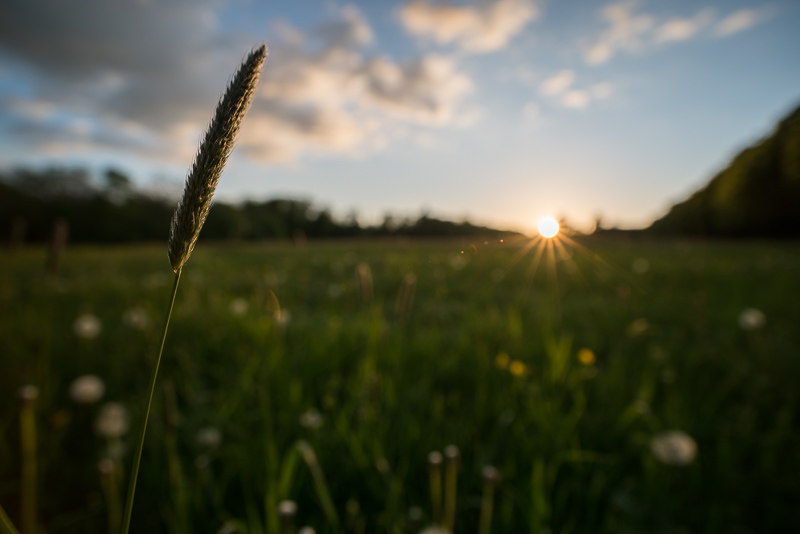
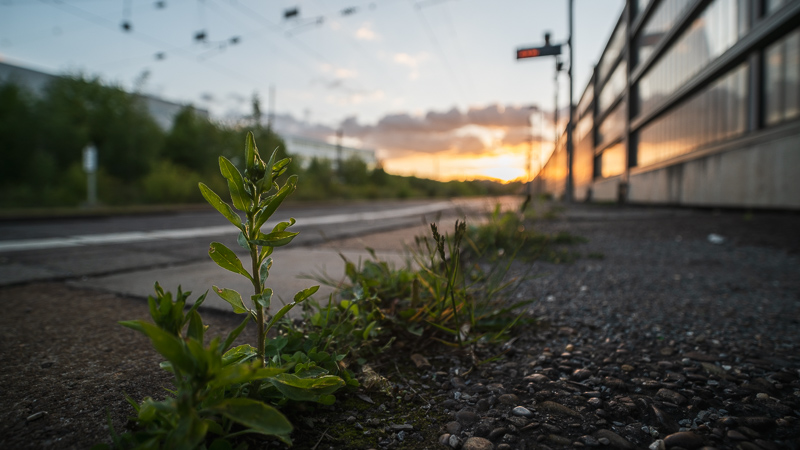
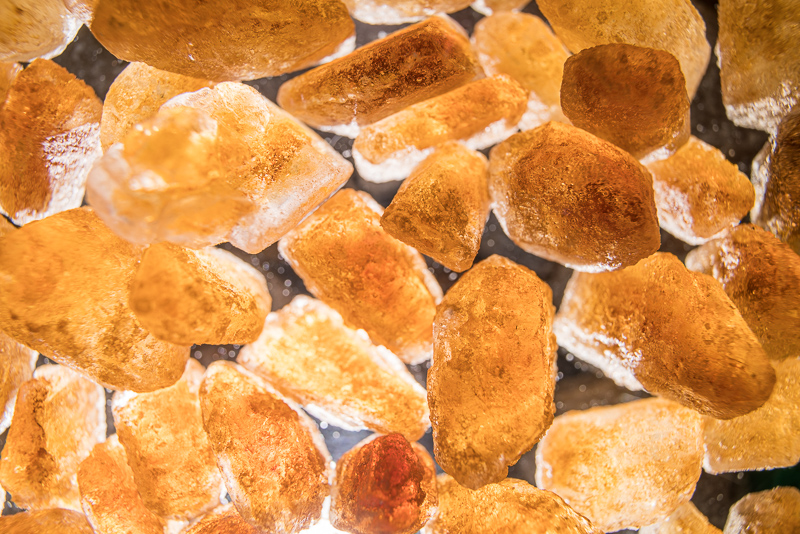
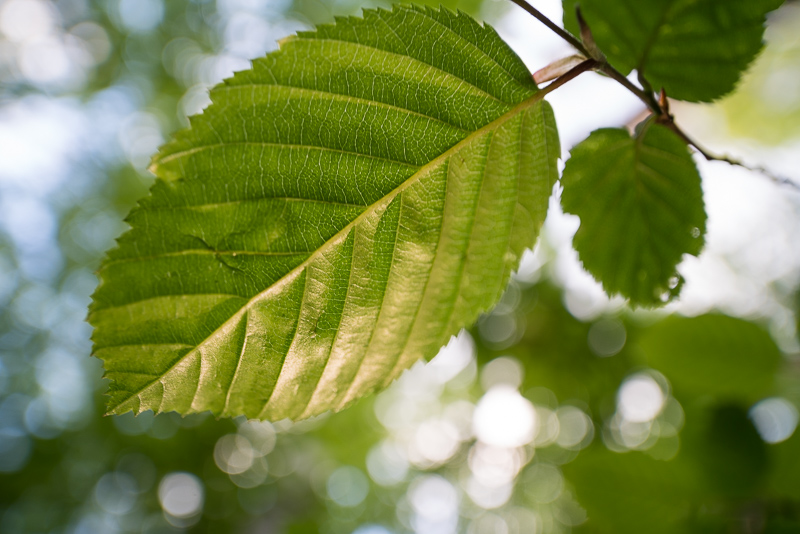
You can find most of the shots in this review in full resolution here.
Further Reading
- Guide to 10-20mm Ultra Wide Angle lenses for the A7 Series
- Guide to Macro lenses for the A7 series
- Review: Voigtlander 4.5/15 E
Support Us
Did you find this article useful or just liked reading it? Treat us to a coffee!
![]()
![]()
![]() via Paypal
via Paypal
This site contains affiliate links. If you make a purchase using any of the links marked as affiliate links, I may receive a small commission at no additional cost to you. This helps support the creation of future content.
Latest posts by BastianK (see all)
- Review: Sony FE 70-200mm 4.0 G Macro OSS II - December 20, 2025
- Review: Viltrox AF 35mm 1.2 FE LAB - December 17, 2025
- Analogue Adventures – Part 47: Tübingen - December 17, 2025

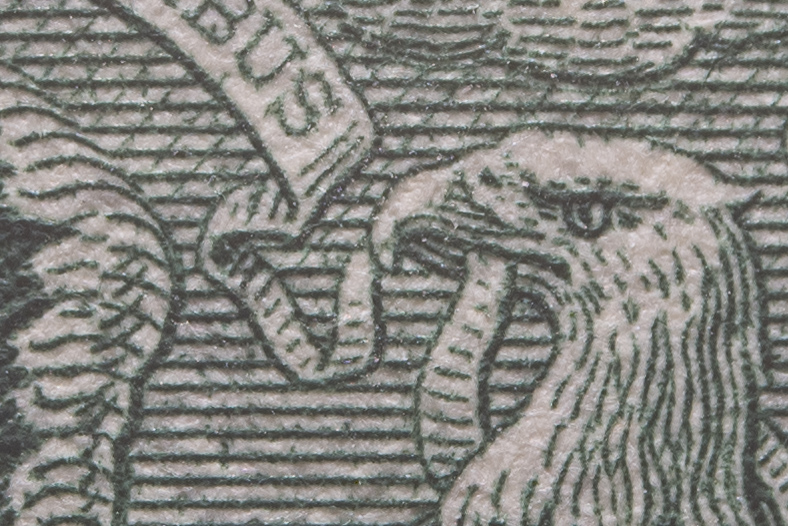
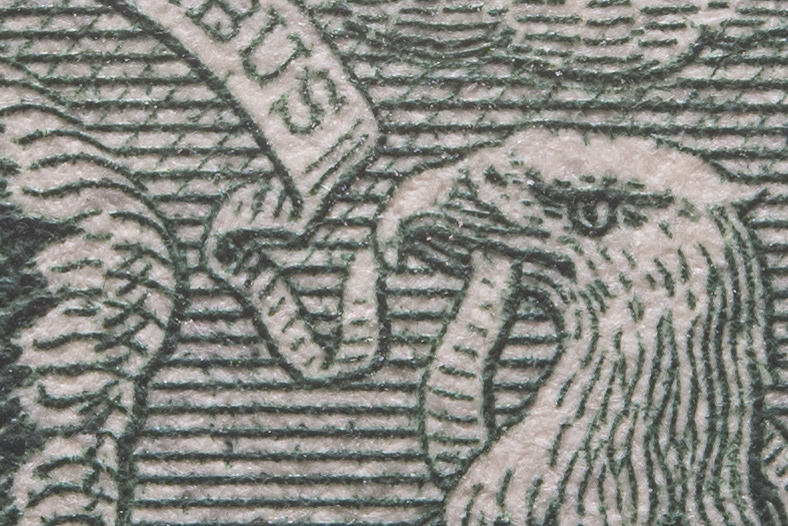
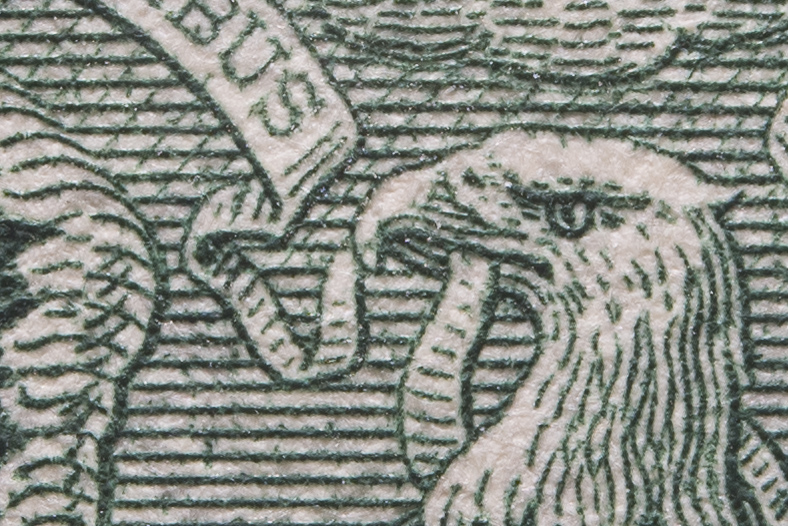
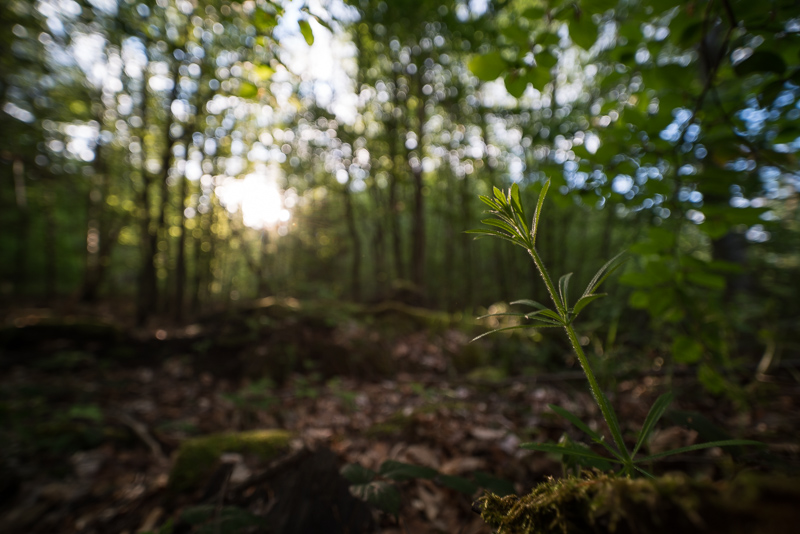

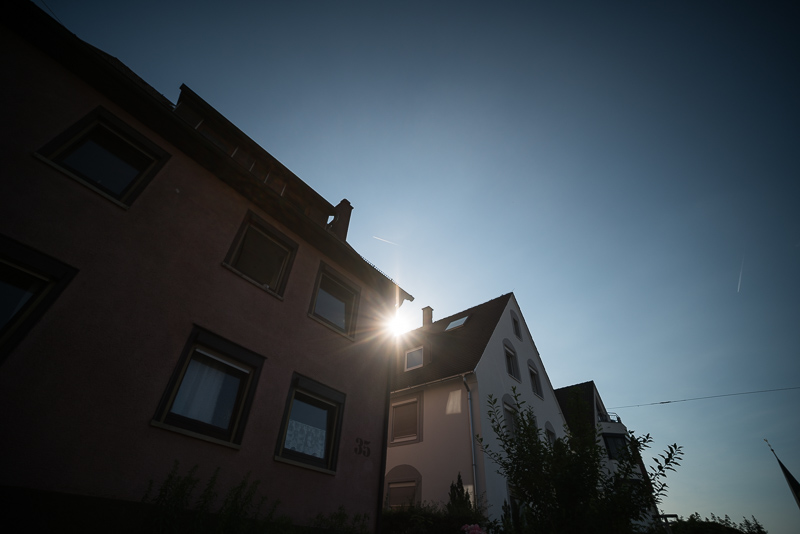
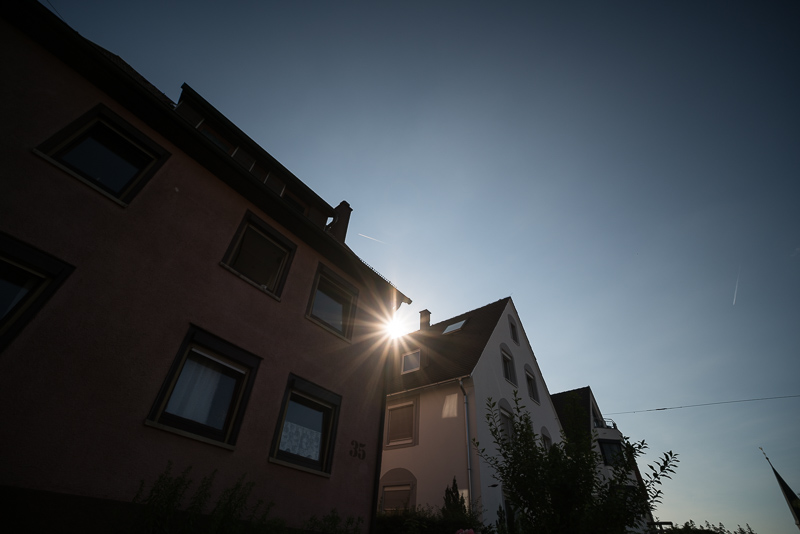

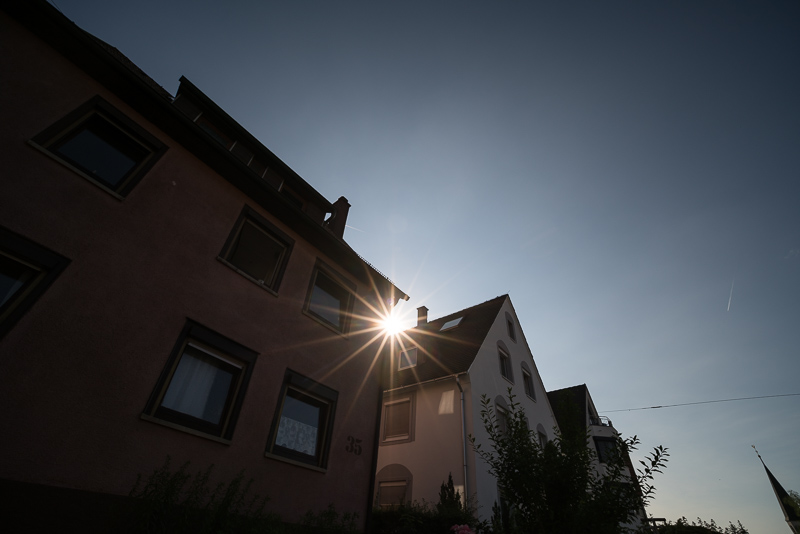
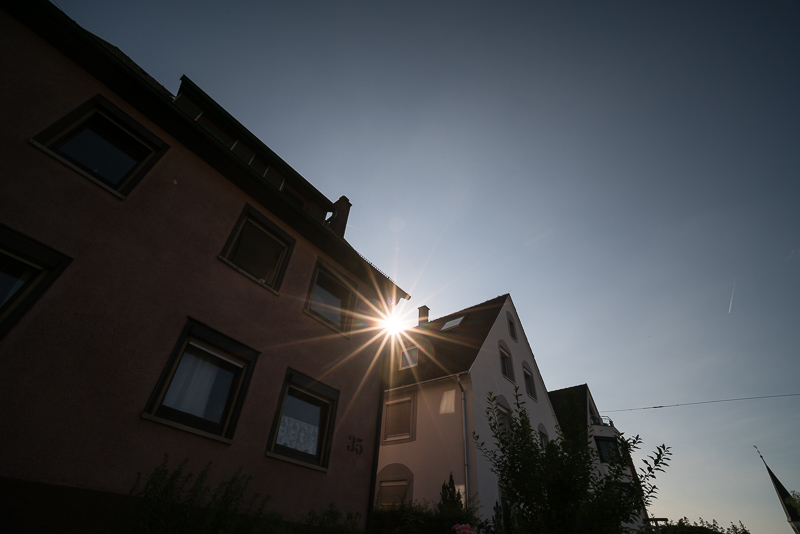
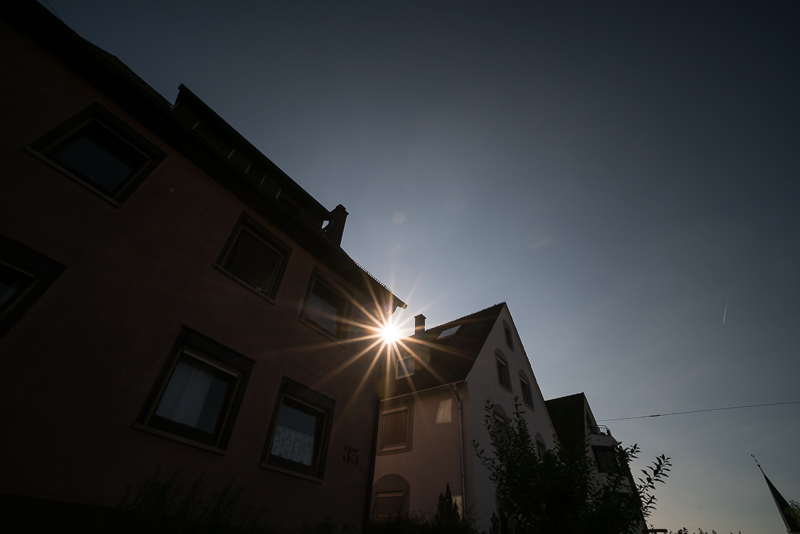
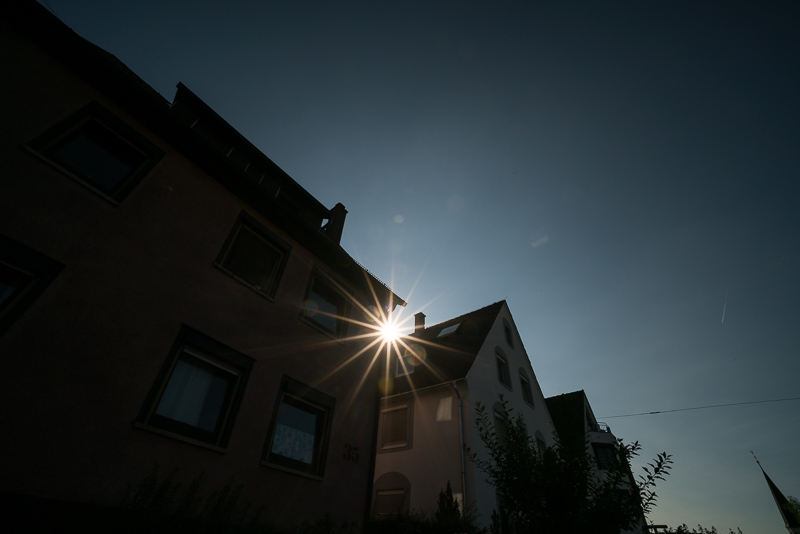




interesting review, as always.
i see a very comparable ground level macro shot from the non-macro 15mm f2 version:
https://phillipreeve.net/blog/wp-content/uploads/2017/08/laowa_15_2_astro_sample_sunset.jpg
So i wonder, if for only occasional wideangle macro wouldnt the f2 with 1:4 magn suffice?
insect shots are probably mostly impossible anyway because of working distance of 12cm
Haha, yes, it is the same spot.
Thing is this: the 15mm 2.0 only shows good performance in the center of the frame close to its minimum focus distance.
Midframe and corners look very bad by comparison even so on stopping down (have a look at 2/15 review sharpness close section).
This is also true fot that picture:
It looks good in web resolution, but zooming in a bit and it doesn’t anymore 🙁
“what other lenses could I compare this 15mm 4.0 macro to?”
People who wanted to take this kind of photos before this lens arrived had to use a regular wide-angle lens with a very short extension tube. For Nikon users the 3.5/20 pancake with an old K1 (5.8mm) extension ring was a popular choice. I don’t know which other manufacturers offered similar short extension tubes.
I would really like a 20-24mm version of this lens, as 15mm is a bit extreme for my taste.
Many manufacturers offered short extension tubes, and companies like Kenko do many options as well. Kenki’s set includes a 6mm set.
Hey Adam
very interesting comment … but I really can´t find Kenko´s 6mm extension tube … where did you find it? Your advice would be much appreciated.
well to be fair, most of the ultra wide angle lenses will give you insanely wide DOF in fact with samyang 14mm 2,8f fully stopped at 22f you can touch the front element with your finger, take a picture and the fingerprint details will be there, not that sharp but good enough, place your finger like ~0,5cm away from the front element and the fingerprint details will be sharp enough.
I do believe that this lens using the “macro” idea mostly as an additional advertisement weight.. The results were not that impressive, especially looking at the price range, also how bulky it is compared to voigtlander UWA lenses that have pretty much the same specifications and in some cases better performance.
600e for fully manual lens that is 4f and only mediocre performance doesnt sound right, when there is samyang 14mm 2,8f for 200e less and with better corner performance.
I mean 600e is not a small amount of money, for it you can aim for such lenses as sigma ART line 35mm 1,4f with staggering sharpness, fast AF and 1,4f.. It could be called a dream lens at this point.. And this MF UWA, with this performance its far from a lens that professional would use and it is also far from a lens that would be pleasing for an amateur
Unfortunately it seems you don’t know what you are talking about.
– An out of focus picture of your thumb is good enough while a lens optimized for these focus distances is not good enough for anyone. Seriously?
– There is no lens with similar specifications. Saying there is one is simply not true.
– The Voigtlander UWA lenses offer a maximum magnification of worse than 1:10, far from 1:1. And even at 1:10 their image quality is only acceptable in the center of the frame, even stopped down. The 14mm Samyang can only do 1:15, even worse.
– Judging a macro lens by its infinity performance is inherently pointless. Several times in the review I pointed out there are better options for infinity shooting available.
– If you simply have no need for a 15mm macro lens (neither do I in the long run) that is not the lens’ fault.
– The comparison to the Sigma Art 35mm 1.4 is even more pointless. Is it a 15mm lens? No. Is it a macro lens? No.
And another “no”: it does not offer “staggering sharpness”. I know, because I have one for a review on my table right now.
In light of your comment, I tried with my samyang 20 1.8, with min distance of 20cm (even less than 14 2.8), the max size difference between f1.8 and f22 is about 10%, no where near 0.5cm
I sold this lens in favor of the laowa 15mm f2, because the macro ability of this macro 15mm is usable at 0,4:1, but beyond that it is very difficult to light the subject because of the working distance, which is insane. At 1:1 the subject is nearly touching the front element.
Hi Bastian,
flare seems to be the main issue of this lens. On the other hand you can show us pictures with the sunset in the frame without flares. Will flare only show up with strong direct sunlight? Or does this depend on the exact position of the sun inside the frame … and thus can easily be avoided be recomposing just a little bit?
Do you think at 1:4 or 1:5 across the frame sharpness is noticably better than with the Laowa 15/2.0 stopped down?
And if so, will it resolve to a similar amount at 1:2 (1:1 is not necessary for my use).
Thank you for any information
Regards Stephan
It is noticeably better at 1:4 than the 2/15.
It is noticeably worse at infinity than the 2/15.
The crops I show are at 1:2.
The flare cannot be easily avoided.
Hi, no comments on the +/- 6mm shift capacity? Seems like a good feature to have on a UWA lens.
If you are using an APS-C camera maybe, on a fullframe camera the shift function is pretty much useless, as the lens does not feature a bigger image circle than fullframe.